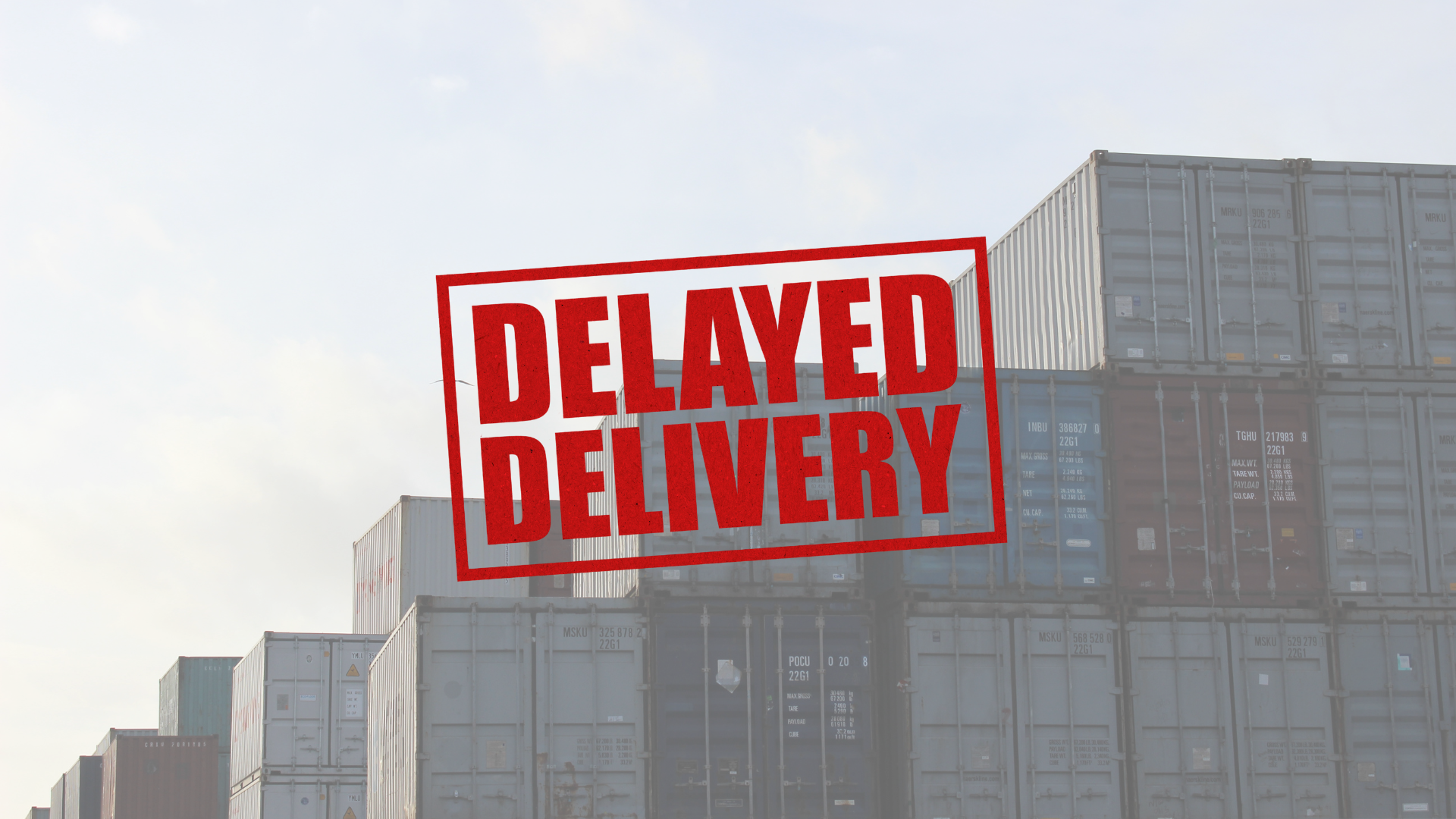Weathering the Storm: How Extreme Weather Impacts Ocean Logistics and What You Can Do About It

Extreme weather isn’t just a seasonal hiccup anymore — it’s becoming a regular threat to ocean shipping. Whether it’s a typhoon in Asia, a hurricane in the Gulf, or drought conditions choking up key canals, these events now disrupt global supply chains with alarming frequency. The stakes are high: missed port calls, delayed cargo, rising costs, and unhappy customers.
The good news? Companies are no longer at the mercy of the skies. With the right data and tools, logistics teams can see trouble coming and respond before it turns into chaos. Let’s look at how weather affects ocean freight — and how smarter visibility through platforms like SeaVantage can help you stay ahead.
The Rising Risk of Weather in Ocean Shipping
Shipping depends on smooth, predictable routes. But climate change is throwing that predictability out the window. Warmer seas are fueling stronger storms, and rainfall patterns are shifting. When the weather turns extreme, the impact is felt across the entire chain.
Here’s what can happen:
- Ports shut down for days due to storms or flooding
- Ships reroute hundreds of miles to avoid danger
- Container piles grow as terminals struggle to recover
- Delivery schedules fall apart
- Fuel use — and costs — go up fast
Even droughts are an issue. Low water levels at the Panama Canal recently caused major backups and forced carriers to choose longer, more expensive routes. In short, ocean freight takes a hit when the weather acts up.
When Weather Strikes: What It Looks Like on the Ground (and Sea)
Imagine this: a typhoon barrels through East Asia. Ships headed to Shanghai, Kaohsiung, and Busan are forced to anchor offshore. Operations halt. After the storm passes, port congestion becomes a logistical nightmare. Shipments of auto parts and electronics miss their deadlines — and factories down the line grind to a halt.
Or picture a hurricane shutting down ports in the Gulf of Mexico. Thousands of containers sit idle. Trucks can’t get in. Rail schedules fall apart. Even if the storm only lasts a few days, the recovery can take weeks.
These aren’t theoretical scenarios — they happen every year. And the ripple effect is real.
Who Gets Hit the Hardest?
Shipping lines are on the front lines. When weather forces a change of course, it means burning more fuel, rescheduling crews, and falling behind on tight rotations.
Cargo owners feel the pain too. A delayed shipment of raw materials can stop a production line. Missed delivery windows cost sales. And perishables? They might not survive the wait.
Logistics providers have to scramble. Rerouting freight, rebooking containers, updating customers — it’s all hands on deck. When storms hit, planners become problem-solvers, fast.
What You Can Do: Real-Time Tools That Make a Difference
You can’t control the weather. But you can control how you respond to it. That’s where SeaVantage comes in.
With SeaVantage, you get:
- Real-time tracking of vessels and weather systems
- Predictive ETAs that adjust based on storm paths
- Route optimization tools that help avoid disruptions
Let’s say your vessel is headed into a high-risk zone. SeaVantage flags the risk early and suggests a safer route. You notify your customers, update your team, and adjust your plans — all before the delay becomes a crisis.
It’s not just about reacting — it’s about planning smarter.
Stay Ahead of the Forecast
Extreme weather is here to stay. But delays, missed deadlines, and customer complaints don’t have to be.
By using platforms like SeaVantage, supply chain teams gain the foresight and flexibility they need to navigate unpredictable conditions with confidence. Because in this industry, the best time to prepare for a storm is long before the clouds roll in.
When the next typhoon hits or the canal slows to a crawl, you’ll be ready — with the data, insights, and tools to keep things moving.
Let SeaVantage help you weather the storm.
최근 몇 년 동안 기업들은 원자재 수급 차질, 물류 지연, 운송 비용 급등과 같은 문제에 직면하며 공급망 불안정성을 실감하고 있습니다. 이러한 불확실성 속에서 기업들은 단순한 비용 절감을 넘어, 리스크를 최소화하고 예측 가능성을 높이는 방향으로 공급망 관리(Supply Chain Management, SCM)의 패러다임을 전환하고 있습니다.
선박 충돌은 단순한 해양 사고를 넘어 해상 물류 전반에 연쇄적인 피해를 초래하는 고위험 리스크입니다. 본 글에서는 실시간 데이터 기반 예측과 SeaVantage 솔루션을 통해 이러한 충돌 위험을 사전에 감지하고 효과적으로 대응하는 전략을 소개합니다.
화물 운송 지연은 단순한 일정 변경이 아니라 기업의 수익과 신뢰도에 직접적인 영향을 미칩니다. 복잡한 글로벌 공급망을 운영하는 기업이라면 화물 운송 지연으로 인해 추가 비용 발생, 계약 불이행, 고객 만족도 하락 등의 문제가 발생할 수 있습니다.
Discover how IoT cargo monitoring reduces spoilage, damage, and delays across industries. Learn how real-time visibility with SeaVantage protects shipments and improves logistics performance.
Extreme weather is disrupting ocean shipping more than ever, causing delays, rising costs, and supply chain chaos. Discover how real-time visibility tools like SeaVantage help logistics teams predict and adapt to storms, droughts, and port closures—keeping cargo on track and businesses ahead of disruptions.
Discover how poor speed and draught management in shipping can lead to skyrocketing fuel costs, compliance risks, and operational inefficiencies. Learn actionable strategies to optimize vessel performance and save millions.



.svg)
.png)






.png)